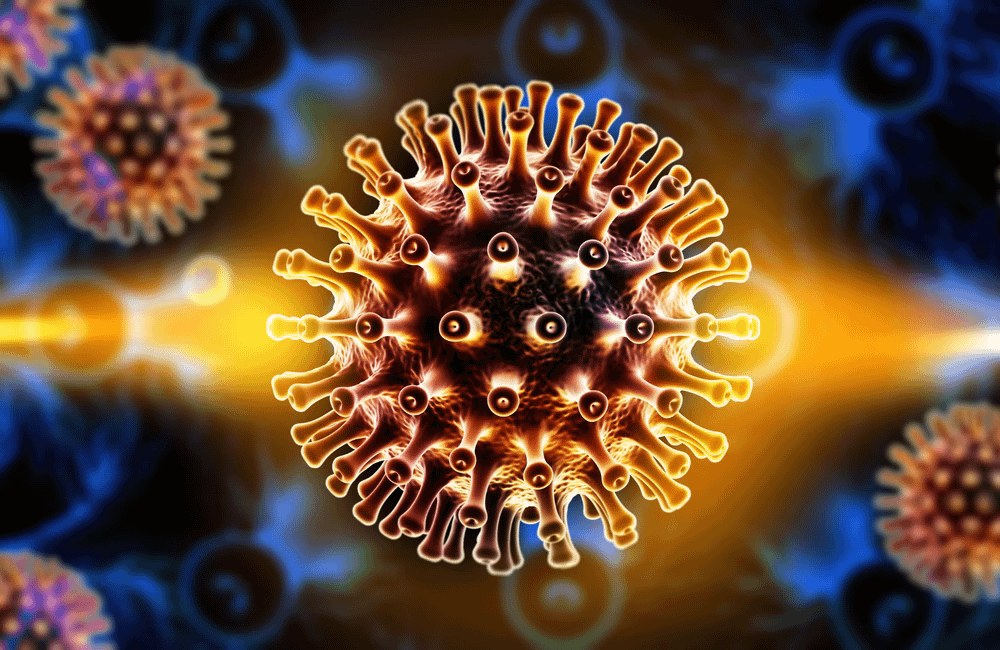HIV, once a death sentence, has transformed into a manageable chronic condition over the past four decades. This remarkable journey is a testament to the power of science, medicine, and global collaboration. As we reflect on the history of HIV, celebrate the progress made, and look toward the future, it’s clear that while challenges remain, there is much to be hopeful about.
The Early Days: A Global Crisis
The HIV epidemic began in the early 1980s, marked by fear, stigma, and a lack of understanding. The first cases of Pneumocystis pneumonia in previously healthy gay men in Los Angeles in 1981 signaled the emergence of a new and deadly disease. By 1984, researchers had identified the virus responsible—HIV—and developed serological tests to diagnose it.
The 1980s and early 1990s were dark times. HIV was a death sentence, and the world watched as high-profile figures like Rock Hudson and Freddie Mercury succumbed to the disease. The first antiretroviral drug, AZT, offered a glimmer of hope in 1987, but its benefits were limited, and its side effects were severe.
The Turning Point: Antiretroviral Therapy (ART)
The mid-1990s brought a breakthrough: the introduction of combination antiretroviral therapy (ART). This three-drug regimen, including protease inhibitors, revolutionized HIV treatment. For the first time, people living with HIV could suppress the virus, restore their immune systems, and live longer, healthier lives.
The advent of ART also marked the beginning of HIV as a chronic disease rather than a fatal one. By the early 2000s, once-daily single-tablet regimens made treatment more convenient and tolerable. Today, ART is so effective that people with HIV who achieve and maintain an undetectable viral load cannot transmit the virus to others—a concept known as U=U (Undetectable = Untransmittable).
Progress in Prevention
Prevention strategies have also evolved dramatically. The introduction of pre-exposure prophylaxis (PrEP) in 2012 was a game-changer. PrEP, a daily pill for HIV-negative individuals at high risk of infection, has been shown to reduce the risk of acquiring HIV by up to 99% when taken consistently.
Other prevention tools, such as harm reduction programs for people who inject drugs and male circumcision in high-prevalence regions, have further reduced transmission rates. Additionally, the near-elimination of mother-to-child transmission in many parts of the world is a testament to the power of early diagnosis and treatment.
The Current Landscape
Despite these advances, HIV remains a global public health challenge. In 2018, approximately 37.9 million people were living with HIV worldwide, and 1.7 million new infections occurred. While access to ART has expanded significantly—23.3 million people were on treatment in 2018, up from 7.7 million in 2010—gaps remain.
In high-income countries like Spain, the epidemic is concentrated among key populations, including men who have sex with men (MSM), transgender individuals, and people who inject drugs. Late diagnosis remains a significant issue, with nearly half of new HIV diagnoses occurring at advanced stages of infection.
The Road Ahead: Challenges and Opportunities
While we’ve come a long way, several challenges must be addressed to end the HIV epidemic:
- Stigma and Discrimination: HIV-related stigma persists, affecting the mental health and quality of life of people living with HIV. Combating stigma requires education, advocacy, and policy changes.
- Access to Care: In low- and middle-income countries, access to testing, treatment, and prevention tools remains uneven. Global efforts like the UNAIDS 90-90-90 targets aim to ensure that 90% of people living with HIV know their status, 90% of those diagnosed receive treatment, and 90% of those on treatment achieve viral suppression.
- Innovative Treatments: Long-acting injectable antiretrovirals, such as cabotegravir and rilpivirine, offer the promise of fewer doses and improved adherence. These treatments, administered every two months, could transform HIV care.
- The Search for a Cure: While ART has transformed HIV into a chronic condition, a cure remains elusive. The “Berlin patient” and the “London patient,” both cured of HIV through bone marrow transplants, offer hope but highlight the need for scalable solutions.
- Vaccine Development: Despite decades of research, an effective HIV vaccine remains out of reach. Advances in broadly neutralizing antibodies (bNAbs) and mosaic immunogens offer promising avenues, but significant hurdles remain.
A Call to Action
The fight against HIV is far from over. To achieve the goal of ending the epidemic by 2030, we must:
- Expand access to testing, treatment, and prevention tools.
- Address social and structural barriers, including stigma and discrimination.
- Invest in research for new treatments, vaccines, and cure strategies.
- Empower communities and individuals to take control of their health.
Conclusion
The story of HIV is one of resilience, innovation, and hope. From the darkest days of the epidemic to the remarkable progress we’ve made, the journey has been nothing short of extraordinary. As we look to the future, let us remember that ending HIV is not just a scientific challenge—it’s a moral imperative. Together, we can create a world where HIV is no longer a threat to public health.
Let’s continue to push forward, advocate for change, and support those affected by HIV. The end of the epidemic is within our reach—if we have the courage to seize it.
This blog post is inspired by the expert insights and reflections shared in the document “Past and Future of HIV Infection” by Emilio Bouza et al. (2022).
Discover more from Pasindu Lakshan Perera
Subscribe to get the latest posts sent to your email.




